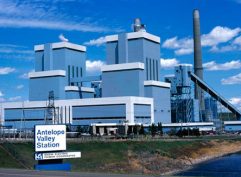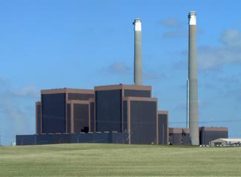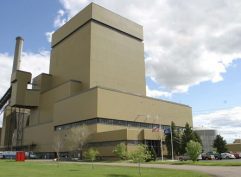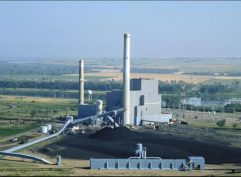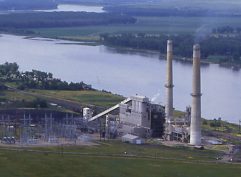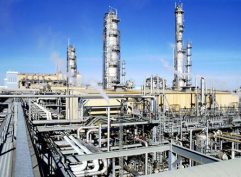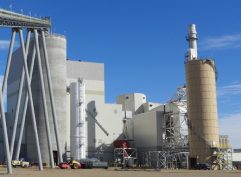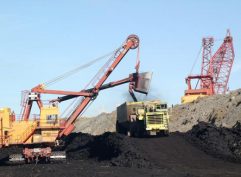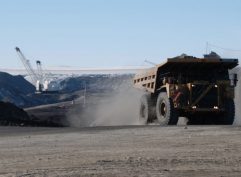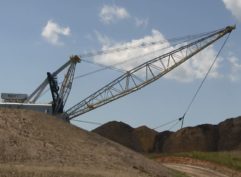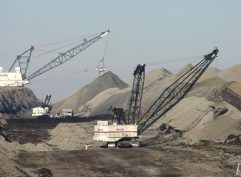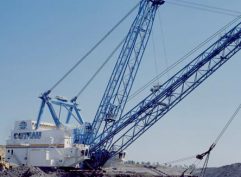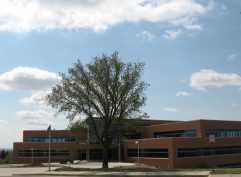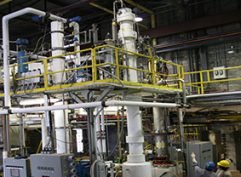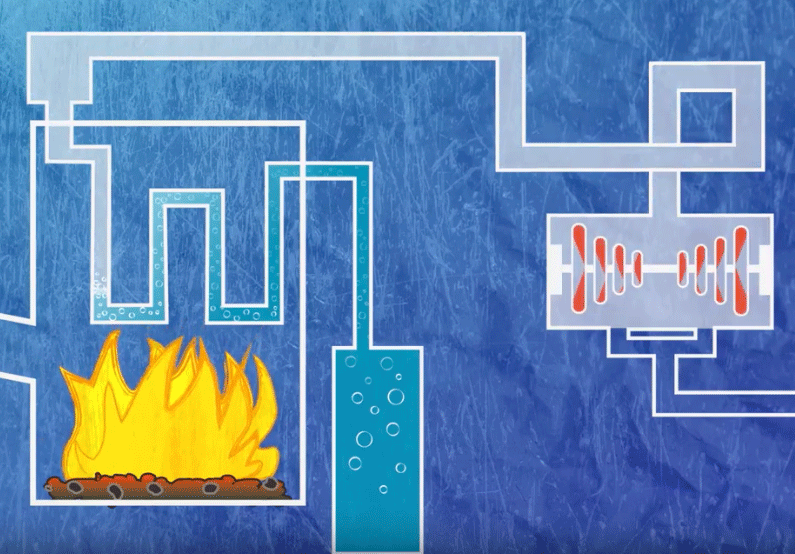Minnesota legislators tour North Dakota lignite facilities
By Joel Johnson
Minnesota director of the Coalition for a Secure Energy Future
Standing on a hill above reclaimed land at the Falkirk Mine in Underwood, a group of Minnesota legislators watched a young deer bound over a grass-covered hill and disappear in a nearby gully. One of the legislators asked if the deer’s appearance on the reclaimed mining land was staged.
The moment was part of a day-long tour of key lignite facilities intended to familiarize Minnesota energy policymakers with the innovations and efficiencies of the North Dakota lignite industry, which sells about half of the electricity it generates to Minnesota customers.

Minnesota legislators had a chance in June to come to North Dakota and see mines and plants up close. About 50 percent of the electricity generated at the state’s seven lignite-based plants is sold in Minnesota.
“The planning, engineering and operation of these facilities was incredible to see,” said Minnesota State Representative Pat Garofalo, who is chair of the Minnesota House Job Growth & Affordable Energy Committee. “We were honored to meet the men and women at these power plants, who keep the lights on in Minnesota.”
The trip was organized to demonstrate the key role North Dakota’s lignite plants play in the regional energy and industrial infrastructure.
The tour began at Basin Electric Power Cooperative’s Great Plains Synfuels Plant near Beulah. There, legislators received a “bird’s-eye” tour of the intricate scale model of the facility, which has been described as “the ultimate chemistry set.” In addition to synthetic natural gas, the plant also produces over a dozen other products in the agriculture, transportation and energy industries.
From there, legislators traveled to Falkirk Mine near Underwood, which produces over 7.5 million tons of lignite annually for the adjacent Coal Creek Station. Some is also sold to the Spiritwood Station near Jamestown. In addition to touring reclaimed areas of the mine, legislators were allowed to climb into the control room of one of the mine’s giant draglines.
At Great River Energy’s Coal Creek Station next door, legislators toured one of the largest and most-efficient coal plants in the country. In addition to providing electricity to approximately 1.7 million residents of outstate Minnesota, the plant also supplies steam to the adjacent Blue Flint Ethanol plant.
At Coal Creek, Minnesota legislators learned about Great River Energy’s innovative DryFiningTM process, which uses waste heat from the plant to dry the lignite before it’s burned in the boilers, significantly increasing efficiency. Coal Creek Station also provides fly ash to ready-mix concrete producers throughout the Upper Midwest. The concrete is used in the construction of roads, bridges and buildings, including the rebuilt 35W bridge, Target Field and US Bank Stadium in Minneapolis.
Minnesota legislators also had an opportunity to meet with counterparts from the North Dakota Legislature over dinner in Bismarck, including State Sen. Jessica Unruh, chair of the Senate Natural Resources Committee, Senate Minority Leader Joan Heckaman and House Minority Leader Corey Mock.


